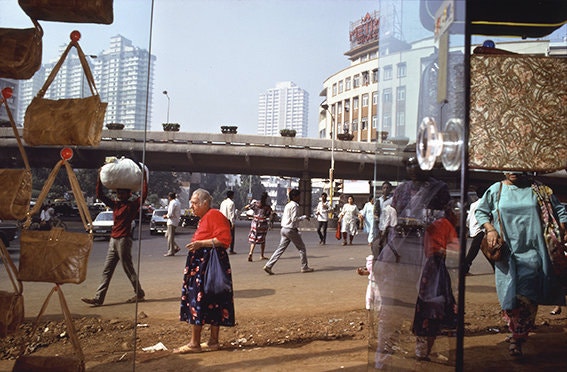
Raghubir Singh

Raghubir Singh

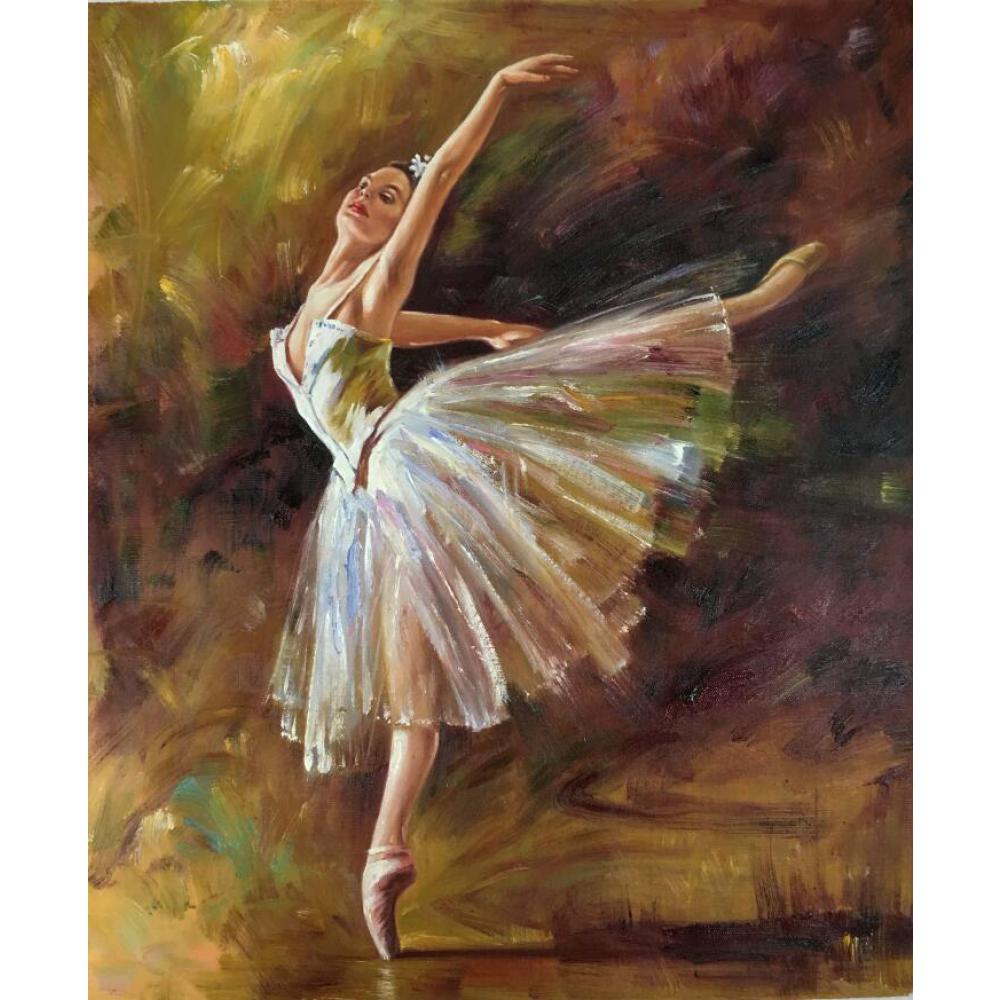

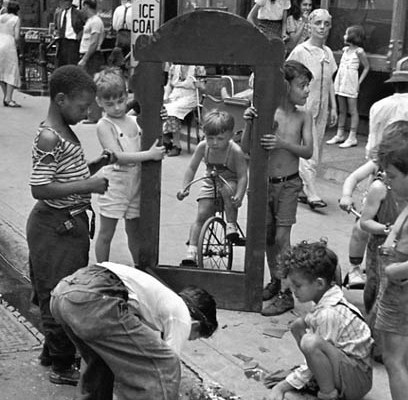
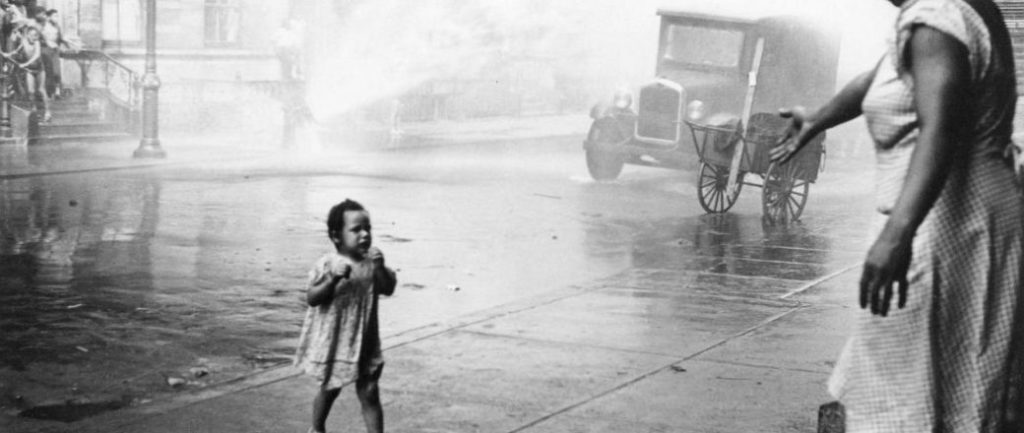

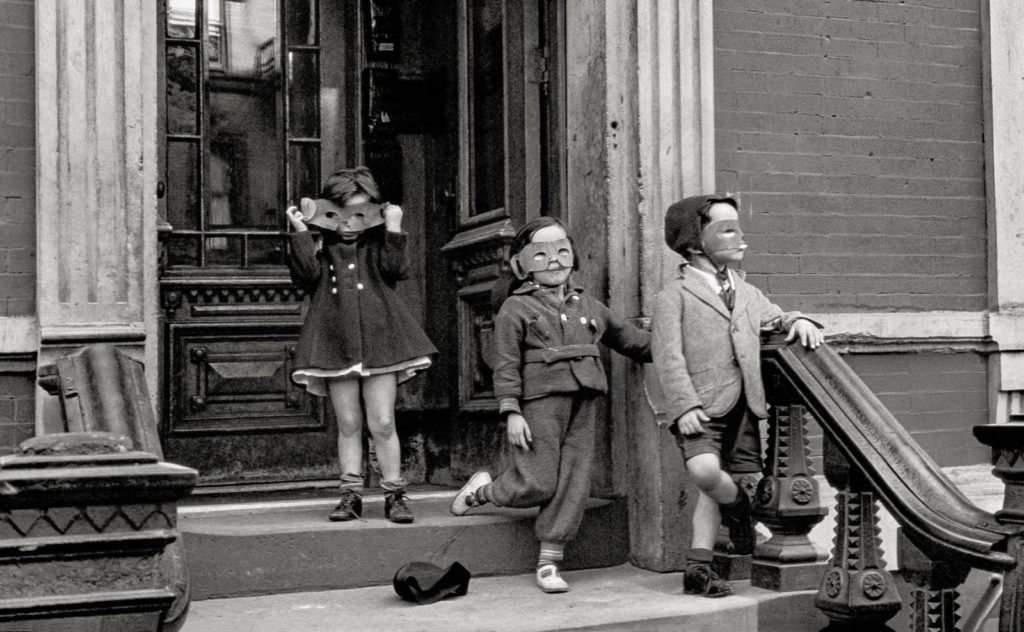
1. Let setbacks empower you

(3 roosters)
Helen Levitt was one of the early pioneers of color street photography, starting in 1959 when she received a Guggenheim grant to shoot the streets of New York City. Her grant was also renewed in 1960, and she recorded hundreds of color street photographs during those 2 intense years.
Unfortunately, a burglar broke into her apartment in 1970 and stole almost all of her color slide film and prints.
Whereas some photographers would’ve given up entirely– Levitt was unfazed and went out back to the streets in the 70’s to start all over again. Her best color work as we know it today are from this period (as well as a few from 1959-60 which survived).
40 of her color street photographs ended up showing up as a slide show at the New York MOMA in 1974, which was one of the first exhibitions of “serious” color photography in the world.
Takeaway point:
We have all encountered setbacks and frustrations in our photography. We might have had a hard drive crash, lost a job, family problems– anything that might frustrate or distract us from our photography.
However rather than letting those negative experiences discourage you– turn those lemons into lemonade.
For example, if your hard drive crashes– firstly try to recover the images. If it is hopeless, tell yourself, “All those photos I took were rubbish anyways– let me go out and start taking better photographs.”

If you lose your job, of course it sucks. But see the opportunity in the chance to pursue your photography more seriously. If it wasn’t for me losing my job in 2011, I would’ve never been able to blog and teach street photography workshops full-time. My good friend Rinzi Ruiz also lost his job, but used that opportunity to pursue his photography full-time and really started to hone his style and voice. My other friend Dana Barsuhn lost his job, and used it as an opportunity to focus on his photography and now is also working as an archivist (in photography) at the Huntington library. My other friend Charlie Kirk lost his job as a lawyer, and has used the opportunity to travel to Istanbul and pursue a long-term photography project there. I could count tons of other photographers who have lost jobs and used it as an impetus to start off their career in photography.
If you are having personal or family problems– use your emotions and channel them through your photography. Photographers like Josef Koudelka and Jacob Aue Sobol have channeled negative life experiences to produce phenomenal photography.
So know that in every negative in life, there is a positive– an upside. See every negative experience in life be an opportunity to create more beautiful art.
2. Follow your eyes

“I never had a ‘project.’ I would go out and shoot, follow my eyes—what they noticed, I tried to capture with my camera, for others to see.” – Helen Levitt
I am a big fan of projects in street photography. However realize that there are many ways to do projects in street photography. Firstly, you can go out with a project in mind (and focus on that). Secondly, you can take the “stream of consciousness” approach– and photograph what interests you and edit it into a project afterwards. Photographers such as Elliott Erwitt, Anders Petersen, Daido Moriyama, and Helen Levitt all embraced this approach.
Takeaway point:
When you’re out on the streets, follow your eyes. Photograph what interests you. Don’t feel forced to photograph what doesn’t interest you. Use your camera as an extension of your eye– and follow your guts. If you find a scene, a subject, or an object that interests you in the streets– don’t think too much, just photograph it.
Helen Levitt has done exhibitions that have been focused on certain subject matter– such as chalk-drawings, children, and just color.
So when you out shooting, focus on what interests you–disregard what others think. Follow your own unique vision and path, and make photographs that bring you satisfaction.
3. Don’t worry about the theory

“It would be mistaken to suppose that any of the best photography is come at by intellection; it is like all art, essentially the result of an intuitive process, drawing on all that the artist is rather than on anything he thinks, far less theorizes about.” – Helen Levitt
Knowing some theory in photography is good– but don’t let it take over. I know some photographers who know tons of photographic theory, knowledge of history, and technical details– but don’t actually go out and make photographs.
I am a big believer that we only truly learn from action. So the best education is street photography is to go out there and shoot. And based on your experiences, you can create some theories on street photography (rather than using theories about photography, and going out and shooting).

Curators, art historians, and editors are all important figures in photography– but think hard about what side of photography interests you the most. If you are more interested in the photographic theory of things– go for it. If you are more interested in the shooting side of things and don’t care about theory– pursue that too.
Takeaway point:
The best way to get better in swimming is to not read books on swimming– but to actually go out and swim.
Photography is the same way. Whenever you click the shutter, you are training your eyes like a muscle. Not only that, but you learn how to better interact with people, know when to click the shutter, and also how to frame your scenes.
Whenever I make excuses for not feeling inspired, or that I don’t have the ‘ideal’ gear for street photography– I shut up that voice by just going out on a walk with my camera. Once I start shooting, I get in the zone and disregard everything else. This is the best way I have found true happiness in street photography.
4. Find the comedy in life

“A lot of my early pictures are, I think, quite funny. And these days I tend to look for comedy more and more.” – Helen Levitt
There is a lot of darkness and sadness in everyday life. But there is also tons of happiness and joy.
What I love about Helen Levitt’s photographs are that they celebrate the happiness and joy of everyday life. She doesn’t focus on misery and the negatives of the human condition. Rather, she looks for the comedy, fun, and excitement of everyday life– often through children.
Takeaway point:
Some of the best street photographs are the ones that make you laugh. I think comedy is a great way of communicating and connecting with other human beings. This is why we love comedians, actors, and other entertainers. Life is tough– having comedy takes the edge off.
So know that all the street photography you capture doesn’t have to be dark, gritty, and grungy. Look for the happy and the uplifting moments as well.
Some of my favorite humorous street photographers include Blake Andrews, Matt Stuart, Elliott Erwitt, and Jack Simon.
5. Go to where people are

Much of Helen Levitt’s early work includes taking photographs of children in the streets of NYC. However the sad thing is that over the years– fewer kids are out on the streets. Levitt shares:
“The neighborhoods are different. They’re not full of children anymore. In the 1930’s there were plenty of kids playing on the street. The streets were crowded with all kinds of things going on, not just children. Everything was going on in the street in the summertime. They didn’t have air-conditioning. Everybody was out on the stoops, sitting outside, on chairs.”
However she didn’t let this discourage her. Rather, she started to photograph in different areas, such as the garment district. Levitt shares:
“You have to go where something’s going on. In the garment district there are trucks, people running out on the streets and having lunch outside. But no children. They’d be run over by all those trucks.”
Takeaway point:
I don’t think you don’t have to photograph people for it to be “street photography”. However street photographs are often much more interesting when they include people in it.
So if you live in an area where there isn’t much foot traffic– try to get to areas of your town or city where there is a lot of people. Try to go to the downtown areas, to flea markets, farmer’s markets, festivals, parades, or even to the mall. Figure out where people congregate and go there.
But if you live in a city without any people in the streets– don’t fret. Lee Friedlander and William Eggleston have taken some incredible street photographs without any people in them at all. Use them as a source of inspiration as well.
6. Create social meaning

“I decided I should take pictures of working class people and contribute to the movements. Whatever movements there were Socialism, Communism, whatever was happening. And then I saw pictures of Cartier Bresson, and realized that photography could be an art and that made me ambitious.” – Helen Levitt
It is good to make funny and interesting street photographs. It is even better to make street photographs with a greater and deeper social purpose and meaning.
Sometimes street photography is criticized for it being too “snapshotty” and being a bit too random or pointless. I agree with some of the critiques people have on street photography.
I feel the most meaningful street photographs are the ones that serve some social purpose, and have a meaning.
Takeaway point:
When you’re out shooting on the streets ask yourself, “Why am I shooting street photography?” It is good fun to make funny and interesting photographs of weird things, people, or events. But also try to think about the social purpose your images serve. How will your street photographs influence and affect people 10, 20, 50, or even 100+ years from now? Realize that your street photographs are important social documents as well– and they will survive if they have some deeper social impact.
7. Only show photographs worth showing

One reporter who was interviewing Helen Levitt shared the following story:
When I was in her apartment, I saw boxes of prints stacked up. One was labeled simply “nothing good.” Another one was marked “here and there.”
“That’s the beginning of another book,” she said about the box.
“Can I take a peek?” I asked.
“Nope,” she said. “‘Cause I’m unsure about it. If I was sure that they were worth anything, I’d show it to you. But I can’t.”
Well, she must have decided they were worth something. That book, “Here and There”, came out a few years later.
When it comes to the editing process (choosing your best images to publish) ask yourself, “Is this photograph worth showing?”
Based on my studies on great street photographers, most admit to only taking around 1 good photograph a month. Martin Parr, one of the most prolific photographers, admits to only making 1 good photograph a year.
Takeaway point:
There are bazillions of photographs being uploaded to the internet daily. There are so many uninteresting photographs out there just clogging the internet. Because it is so easy to shoot and upload a photograph, a lot of bad photos are being shared.
Ask yourself, “Am I just adding to that glut of bad images on the internet? Or am I making beautiful art that will affect, influence, and inspire somebody?”
